- Top page
- Language
- For Residents(横浜に住んでいる人)
- English
- Disaster Preparedness and Emergencies(防災・救急)
- Understanding disasters(災害を知る)
Main content starts here.
Understanding disasters(災害を知る)
Last updated date:2024/3/1
Understanding disasters
The threat of a major earthquake
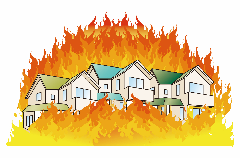
Japan is one of the most earthquake-prone countries in the world. Yokohama City is said to be at a high risk of suffering a major earthquake in the future. Nobody knows when this will happen. All we can do is make sure we are always well prepared.
- What would happen in the event of a major earthquake?
Buildings would collapse and fires would break out. There would also be landslides and tsunamis.
| Seismic intensity 1 | Felt slightly by some people in buildings. |
|---|---|
| Seismic intensity 2 | Hanging objects such as lamps swing slightly. |
| Seismic intensity 3 | Felt by most people in buildings. |
| Seismic intensity 4 | Unstable items may fall. |
| Seismic intensity 5 Lower | Hanging objects such as lamps swing violently. Dishes in cupboards and items on bookshelves may fall. |
| Seismic intensity 5 Upper | Unsecured furniture may topple over. |
| Seismic intensity 6 Lower | Most unsecured furniture moves. Doors may become wedged shut. |
| Seismic intensity 6 Upper | Windows break. Most unsecured furniture topples over. |
| Seismic intensity 7 | Most unsecured furniture topples over, or may even be thrown through the air. |
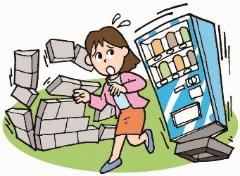
- What should I do in the event of a major earthquake?
Please move away from dangerous things such as concrete block walls and vending machines, and wait for the shaking to subside.
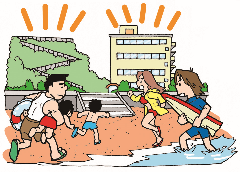
- What steps should I take to escape a tsunami?
Tsunamis are giant waves caused by shaking during an earthquake. Please evacuate to higher ground or a high floor of a sturdy building immediately.
The threat of storm and flood damage
In recent years, Japan has been hit by a series of typhoons and other disasters. which have caused extensive damage due to torrential rainfall and gale force winds. In order to lessen the damage, please make sure you are always prepared for torrential rainfall and gale force winds.
- What happens when a typhoon brings torrential rainfall and gale force winds?
Rivers overflow and houses become inundated with water. Torrential rainfall causes landslides and gale force winds blow things around and tear off roofs from buildings.
- What should I do in the event of a typhoon?
Take action to seek shelter as follows according to the surrounding circumstances.

Horizontal evacuation (moving to a safe location)
Evacuate to a safe place, such as a designated emergency evacuation site or other evacuation site, nearby high ground, a relative's home located outside a landslide (disaster) hazard area, etc.
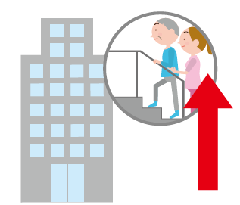
vertical evacuation
Evacuate to the second floor or higher of a sturdy building or to a taller building nearby.
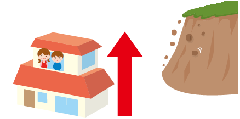
In the event evacuating outside would only put you at greater risk, such as at night or when there is a threat of imminent danger, retreat to a safe place inside the building you are currently in.
Create a Disaster Preparedness Timeline (My Timeline) to prepare in advance for storm and flood disasters.
My Timeline is a personal evacuation plan organized in chronological order according to your family structure and living environment.
My Timeline Creation Sheet (English)(PDF:3,455KB)
You can also create your own timeline in the Yokohama Evacuation Navi App.
Yokohama Evacuation Navi
Always be ready for disasters
- Take part in community drills!
Prepare for disasters by taking part in emergency drills held in your local community or at your place of work.
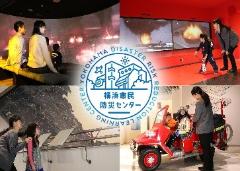
Yokohama Disaster Risk Reduction Learning Center
- Make use of Yokohama Disaster Risk Reduction Learning Center!
The Yokohama Disaster Risk Reduction Learning Center uses a range of equipment to provide visitors with the opportunity to learn about disaster prevention, such as a big screen theater providing vivid accounts of the kinds of damage caused by disasters, as well as simulators allowing visitors to experience the intensity of shaking in past earthquakes, such as the Great East Japan Earthquake.
Address: 4-7 Sawatari, Kanagawa-ku, Yokohama City
| Content | Contact details |
|---|---|
| About disaster preparedness | Regional Disaster Prevention Division, General Affairs Bureau *Inquiries in Japanese only Tel: 045-671-3456 Fax: 045-641-1677 Email:so-chiikibousai@city.yokohama.lg.jp |
Page ID:918-728-558

